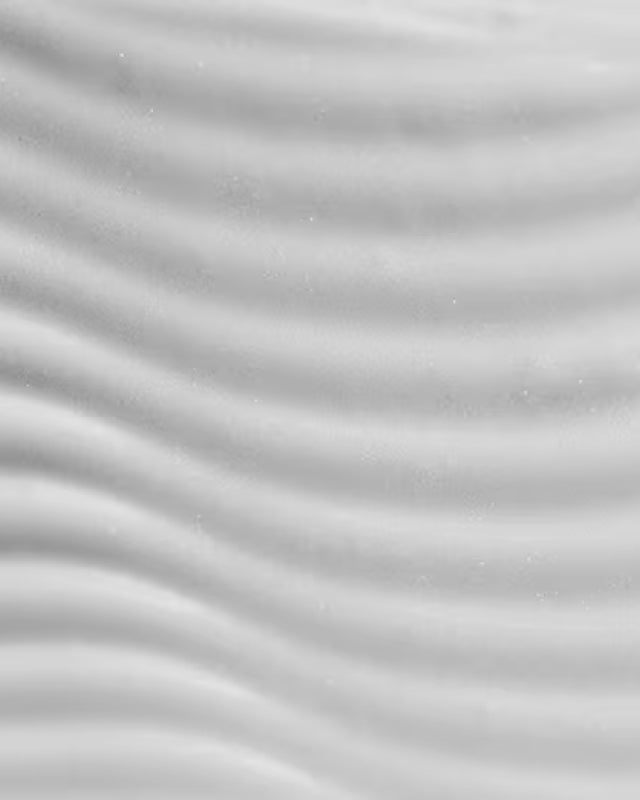
The Ultimate Sunscreen Guide from a Sunscreen Expert
Do I need body and face sunscreen?
This depends on your circumstances as an individual to be honest. Is your body exposed to the sun in the same way that your face is? Often what you do for a living correlates directly to your sunscreen choices! But always “yes” to a face sunscreen (ideally along with an organic lip balm with SPF) unless you have a physical cover like a hat without holes in it, that you wear 12 hours a day. Ha ha. Remember your hands too. Along with the eye area, the hands show the first signs of aging. Use any additional sunscreen you have applied to your face to your hands as a daily habit.
Use a body sunscreen when you will be out in the sun as well as to any areas that are exposed daily. Most clothing provides sufficient protection from the sun.

What’s the difference between body sunscreen and face sunscreen?
This varies from brand to brand, but generally speaking, face sunscreens are more finely formulated for easy absorption. Most commonly, facial sunscreen lotions are oil-free or non-comedogenic because the skin on our faces tends to break out more easily.
Body sunscreens are less finely formulated, which usually makes them a little less expensive too. Which is a good thing, since we use so much more product on our bodies than our faces. If you really felt you wanted to, you could use a face sunscreen on your body, if cost was not a concern. But in reverse, I would not recommend using a body sunscreen on the face due to the probability of clogging your pores and resulting in a breakout. I have proven this to myself time and time again. I get a bit lazy or I am in a rush, apply sunscreen to my arms and chest, and quickly just apply the same product to my face. The next day, I knew where that breakout had come from.
Does sunscreen expire?
YES. The active ingredients do not stay active for extended periods of time. Depending on the packaging of the products, this time can vary from 6 months to a year, to 3 years. Also a factor to consider is how the product is stored. Is it kept in a hot car or at room temperature? Some sunscreens are best kept in the fridge. Most brands will stipulate the best way to extend or at least preserve the shelf life on the package.
Always remember to “hide” your sun protection products from direct light and sunshine.
How long does sunscreen last?
Usually, sunscreen lasts about 6 months to a year. Much depends on the ingredients and form of preservatives being used. However, the FDA requires a 3-year shelf life for most sunscreens. So usually if the packaging does not state an expiration date, then 3 years is the expected shelf life. My best advice is, smell your product and check to see if there is a color change. There are many factors that affect the shelf life, so relying on your senses is your safest bet. I used to tell my therapists and clients that if it smells like ‘fritos chips’ it is no longer good to use on the skin. Lol. I sometimes got some confused looks, but what I mean is, if the product smells strange, it’s not a good idea to apply it to your skin.

How much sunscreen should I use on my face and body?
Generally, a sunscreen is used on top of a moisturizer. So, unless your moisturizer contains your face sunscreen already (like our hyaluronic acid-infused SPF moisturizer), you should not be needing your sunscreen to actually MOISTURIZE your skin. ¼ to ½ tsp is adequate for a moisturizer containing a sunscreen, and depending on the viscosity of the sunscreen, probably ¼ tsp of sunscreen on TOP of the moisturizer if sunscreen is used separately. It will also depend on whether you are including your neck and décolletage in the application, in which case you could bump it up to ½ - ¾ tsp.
For the body, it’s best to moisturize your skin before applying your sunscreen. This will ensure that your skin is prepped and moisturized prior to application of your sunscreen. You will use a lot less sunscreen if your skin is not trying to use the sunscreen for hydration. We often neglect the skin on our bodies since it is not always visible to those around us. Roughly ½ tsp of sunscreen for each arm and up to a ¾ tsp for each leg. I would lather on a full teaspoon amount or more on your back and shoulders. Remember to get those soft, white areas of skin near the underarm area. Also remember the top side of your feet if they will be exposed. A very painful sunburn if you forget! The FDA recommends a shot glass amount for top to toe sunscreen application to protect your body.
If a chosen sunscreen spreads very easily, you may need a little less, and if thicker and less viscous, you may use more product. The drier your skin is, the more product you may use (remember to moisturize daily). If I know I will be outdoors, playing sports or swimming, I use a physical sunscreen that I can still see on the surface of my skin. Then I can be sure my skin has a barrier that I can see and feel. After perspiring or swimming, it is important to reapply your sunscreen every 2 hours, to prevent a lapse in time that your skin may not be protected. Most of the worst sunburns I have seen have been on people that thought they were protected. It’s easy to forget once you get busy with your sports or activities. Maybe set an alarm on your phone… “SUNSCREEN REAPPLICATION”. Ha ha. May sound silly however, for clients that have had skin peels or laser, this is actually a FANTASTIC idea. The bottom line is, prevention is always better than cure.
Lynille Steffenhagen is a licensed Esthetician as well as a licensed Massage Therapist and Brand Educator with over 20 years of experience in the spa and wellness industry. Her skills and knowledge have brought her expertise around the world and she currently lives in Chicago, Illinois.





